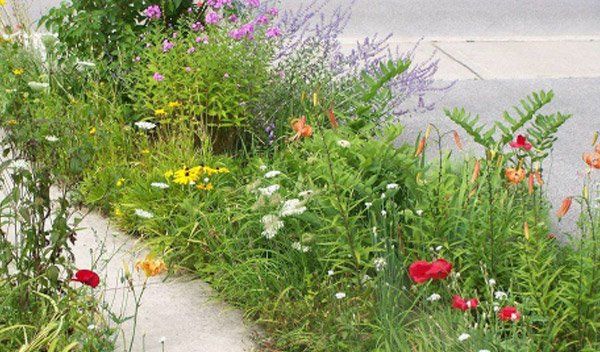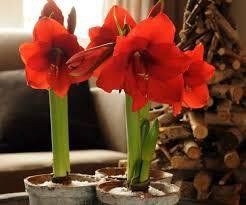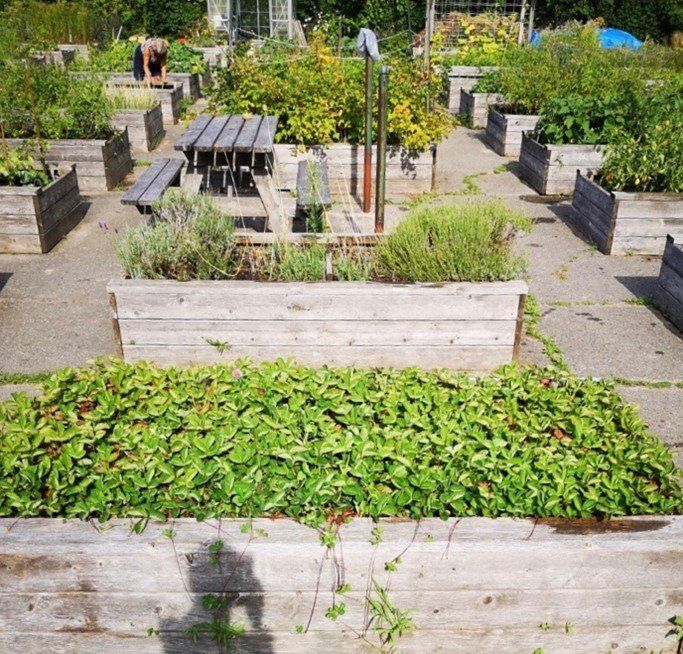Holiday Plants — Keep or Compost?
Most of my friends and family know me as a plant lover. And I am, usually. What they don’t know, is there are limits to my affection, a ‘best before date’, if you will. In past holiday seasons, I have received many beautiful plants adorned with glitter and ornaments, wrapped in shiny, coloured foils. The festive punch these plants give to a room cannot be denied...until the first weeks of January come along. That is when things change. As poinsettia leaves rain down over the dining room table and snow piles up in the drive, I want -and need- to head full throttle into Spring. I’m ready to embrace the Marie Kondo approach: purge the things that no longer give me joy. Top of the list? Christmas plants, and in particular, poinsettias.
Pointsettias
This is one fussy plant I chuck with considerable enthusiasm into the compost pile. If you are, however, one of the rare folks wanting to save your plant, try these tips. Good luck.
- Remove all the flowering bracts and place in a warm, sunny spot. Be careful to avoid any drafts (hot or cold) as this causes leaves to drop. (if you have any left)
- Keep soil evenly moist, not wet. If there is little to no foliage, keep plant on the drier side and wait for nodes to produce new leaves. Increase water accordingly.
- Re-shape plant in March and again if necessary, in mid summer. Nursery grown plants are fed growth inhibiting hormones to keep this naturally large shrub/small tree a manageable size. Do your part with the pruners.
- In October, ensure plant receives 14 hours of TOTAL darkness each day. Even a street light or night light can disrupt reblooming.
- Cross your fingers and hope for a Christmas miracle.
Cyclamen:
These are always one of my favourites to receive. Initially, their soldier-like cluster of blooms stand at attention among heart-shaped, variegated foliage. By January, however, both flowers and leaves have fallen in a mushy-stemmed mess around the edge of the pot. I place these firmly in the ‘get rid of it’ column. If you insist upon coaxing along a few straggly blooms sometime down the road, the following pointers might help.
- Cyclamen will start to go dormant after they flower. The flowers fall over and the leaves yellow and die. This is supposed to happen.
- Cut off all the dead stuff and place plant in a cool, dark cupboard for about 2-3 months. Don’t even think about watering.
- Remove from cupboard and give a thorough soaking. After leaves start to appear, fertilize monthly with ½ strength product such as 10-10-10. To encourage maximum bloom, give a single shot of 4-20-4.
- Place in a cool room (about 65 F) with bright, indirect light.
- Note: If you find your hidden treasure 6 or 7 months down the road, remove pot for recycling and toss shrivelled tubers into the bin.
Christmas Cactus:
I have a Right-After-Thanksgiving Cactus. Maybe if I followed the guidelines below, it could be coaxed into the holiday spirit. Regardless of when it decides to flower, this easy-to-grow houseplant is one Christmas plant worth keeping, at least until it is accidentally overwatered.
- Using an all-purpose fertilizer, such as 20-20-20, fertilize at ½ strength from late winter to late summer. Then, STOP with the fertilizer! Too much will inhibit flower development.
- Provide very bright, indirect light. Too much sun will cause leaves to redden and droop. Bloom is reduced and flowers faded in colour.
- To initiate re-bloom, give 12-14 hours of complete darkness per day for 6-8 weeks before desired flowering date.
- Keep evenly moist...but know that a little too dry is better than a little too wet. If you forget to water it for a short while, you’re probably not in trouble.
Amaryllis:
Amaryllis is a top-heavy plant, keen to swan dive (flower first) from the windowsill or table where it was placed. If you enjoy sweeping up dirt and debris, this is the one for you! My advice would be to enjoy this bulb while you can, then send what’s left to the compost. Not deterred by a horticultural challenge? Ok...here are some tips suggested by less Grinch-like experts.
- After flowering, cut flower stems to about 2 inches above neck of the bulb.
- In full light, grow strappy leaves until mid –late July.
- Tug away old dried/shrivelled flower stubs.
- Let plant start to dry out and go dormant. Stop watering.
- After leaves dry down, cut them off above neck of bulb.
- Place in dark cupboard and don’t remove until new flower bud appears. (Don’t be fooled by leaves that may form...wait for a flower tip).
- After flower bud appears, remove from cupboard and give a thorough soaking.
- Place on a sunny windowsill or brightly lit tabletop.
- Enjoy until it topples, again.
Latest Blog Posts












